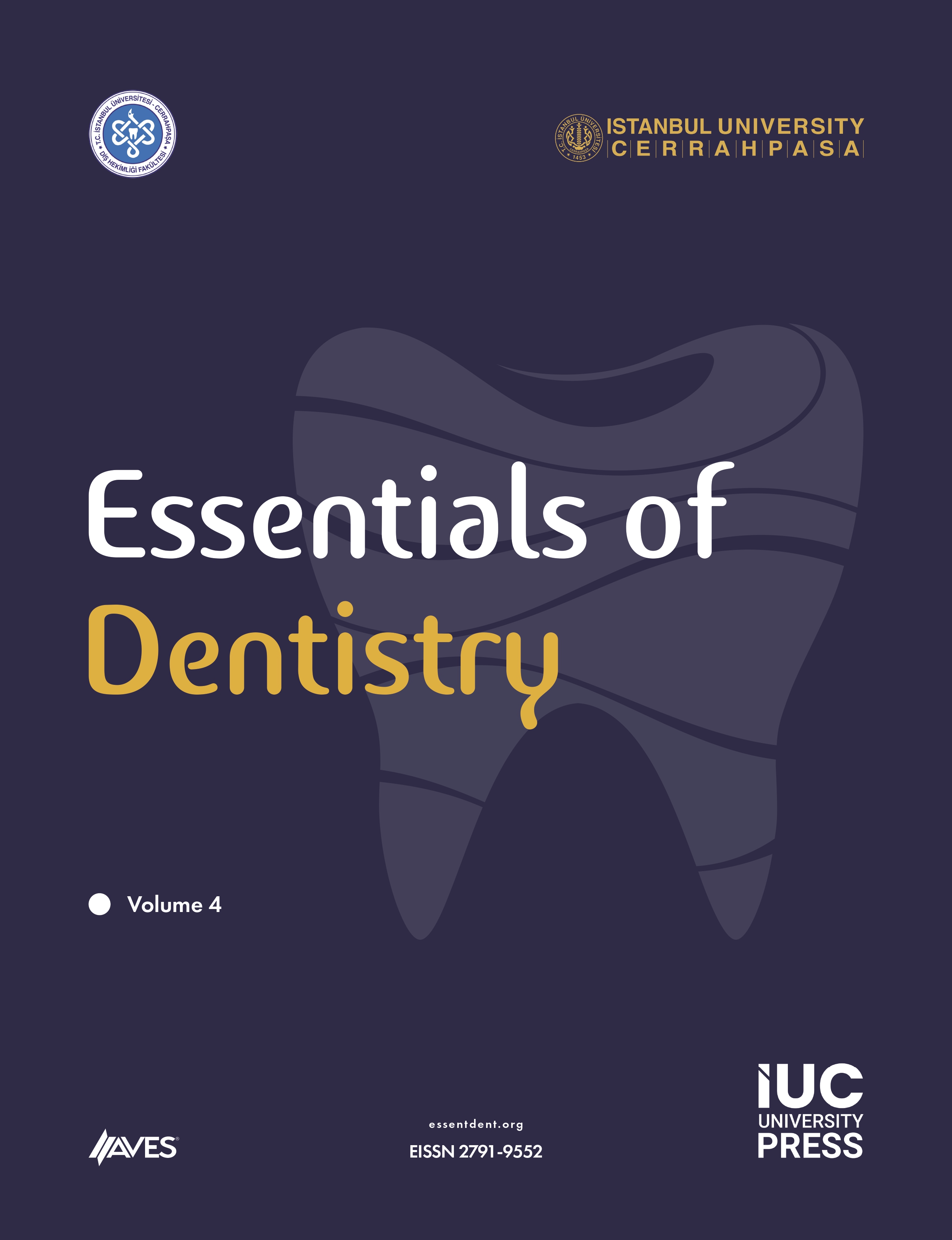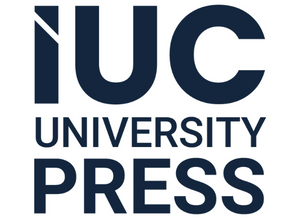Background: The aim of this pilot research was to assess the cell viability activity of different concentrations of aqueous okra (Abelmoschus esculentus L.) extracts on human periodontal ligament fibroblast (hPDLF) cells.
Methods: Aqueous okra extract was prepared for the experiments, and the content of the extract was analyzed by high-performance liquid chromatography (HPLC). For the purpose of treating cells, the aqueous okra extract was prepared in 7 different concentrations (0.125, 0.187, 0.25, 0.375, 0.5, 0.75, and 1 mg/mL). To assess cell viability, cells were seeded in 96-well plates on 4 occasions for each concentration. The cells were treated with aqueous okra extract for a period of 24 hours. The 3-(4,5-dimethylthiazol-2-yl)-2,5-diphenyltetrazolium bromide (MTT) assay protocol was employed for the purpose of evaluating cell viability. The data were subjected to statistical analysis using the GraphPad Prism statistical software. A P-value of less than .05 was considered statistically significant.
Results: Analysis using HPLC showed the existence of rutin, 4-hydroxybenzoic acid, and syringic acid in the extract. The MTT test revealed no significant difference in the viability of hPDLF cellsbetween the control and aqueous okra extract-treated groups (P > .05).
Conclusion: The outcomes of this research demonstrate that aqueous okra extract has a similar effect on the viability of hPDLF cells at different concentrations. This suggests the need for fur- ther studies in which okra is prepared at varying concentrations, dissolved in different solvents, and followed over longer time intervals.
Cite this article as: Tosun UU, Aydın ST, Baykara D, et al. The effect of aqueous okra (Abelmoschus esculentus L.) extract on human periodontal ligament fibroblast cells viability: A pilot study. Essent Dent. 2025, 4, 0033, doi: 10.5152/EssentDent.2025.25033.






